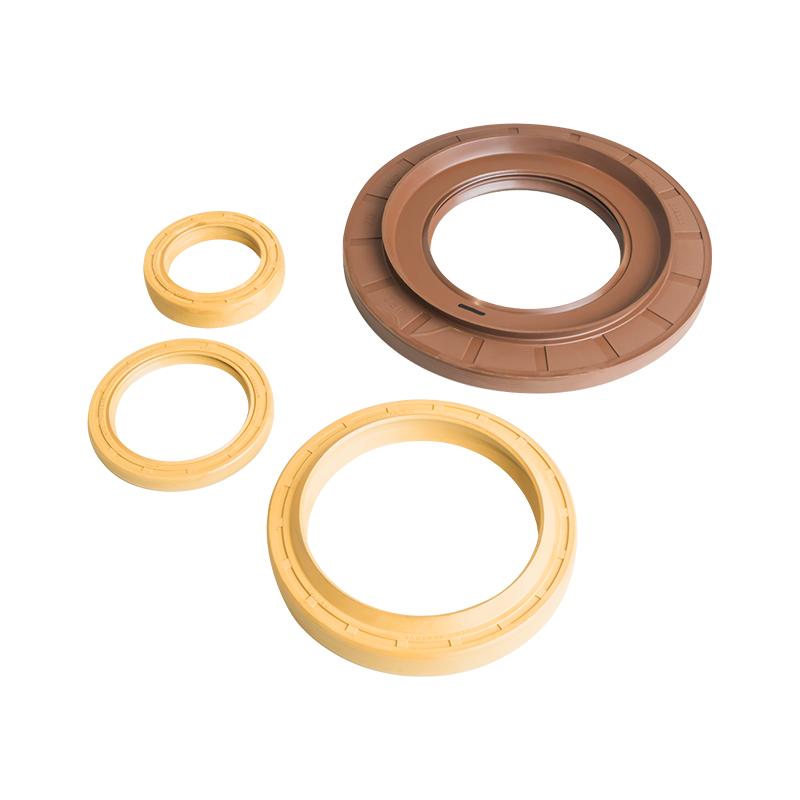How to install VG pipe seal for high-rise properly?
Installing VG pipe seal for high-rise correctly is crucial to ensuring long-term durability, leak prevention, and structural integrity in tall buildings.
Understanding VG pipe seal for high-rise
VG pipe seal for high-rise is a specialized sealing solution designed to withstand the unique pressures and movements experienced in tall buildings. Unlike standard pipe seals, it accommodates thermal expansion, vibrations, and settling that occur in high-rise structures. Proper installation ensures optimal performance, preventing water infiltration, gas leaks, and pipe misalignment.
Pre-installation preparation
Before installing VG pipe seal for high-rise, thorough preparation is necessary. Inspect the pipe surfaces to ensure they are clean, free of debris, and free from oil or grease. Any irregularities, such as cracks or rough edges, should be smoothed out to ensure a tight seal. Additionally, verify that the pipe dimensions match the seal specifications to avoid improper fitting.
Gather all necessary tools, including:
- Cleaning solvents (if needed)
- Lubricant (if recommended by the manufacturer)
- Installation tools (e.g., rubber mallets, alignment clamps)
- Safety equipment (gloves, goggles)
Step-by-step installation process
1. Positioning the seal
Carefully slide the VG pipe seal for high-rise onto the pipe, ensuring it is oriented correctly. Some seals have directional markings indicating the proper installation direction. Misalignment at this stage can lead to premature failure.
2. Ensuring proper alignment
High-rise buildings experience slight shifts over time, so pipes must be aligned precisely before sealing. Use temporary supports or clamps to hold pipes in place while securing the seal. Avoid forcing the seal into position, as this can cause deformation.
3. Securing the seal
Depending on the design, VG pipe seal for high-rise may require mechanical fasteners, adhesive, or compression fittings. Follow the manufacturer’s guidelines for tightening torque to prevent over-compression, which can damage the seal.
4. Testing the installation
After installation, conduct a pressure test to verify the seal’s integrity. Gradually increase pressure while checking for leaks. If any issues are detected, disassemble and reinstall the seal rather than applying temporary fixes.
Common installation mistakes to avoid
- Skipping surface preparation – Dirt or residue can prevent a proper seal.
- Over-tightening fasteners – This can crush the seal, reducing its effectiveness.
- Ignoring movement allowances – High-rise pipes shift; the seal must accommodate this.
- Using incompatible lubricants – Some chemicals can degrade the seal material.
Maintenance and inspection
Even with proper installation, periodic inspections are necessary. Check for signs of wear, corrosion, or loosening fittings. Early detection of issues can prevent major failures.
Proper installation of VG pipe seal for high-rise is a critical step in maintaining the safety and functionality of plumbing systems in tall buildings. By following these guidelines, installers can ensure a reliable, long-lasting seal that withstands the demands of high-rise environments.
Sray up to date with allour recent products
- Address: No. 6 Yangsha Road, Chengbei Industrial Park, Huilong Town, Qidong City, Jiangsu Province China
- Phone: +86-13906283641+86-18934546679
- Fax: +86-0513-83698022
- Email: [email protected]




 English
English русский
русский 中文简体
中文简体







